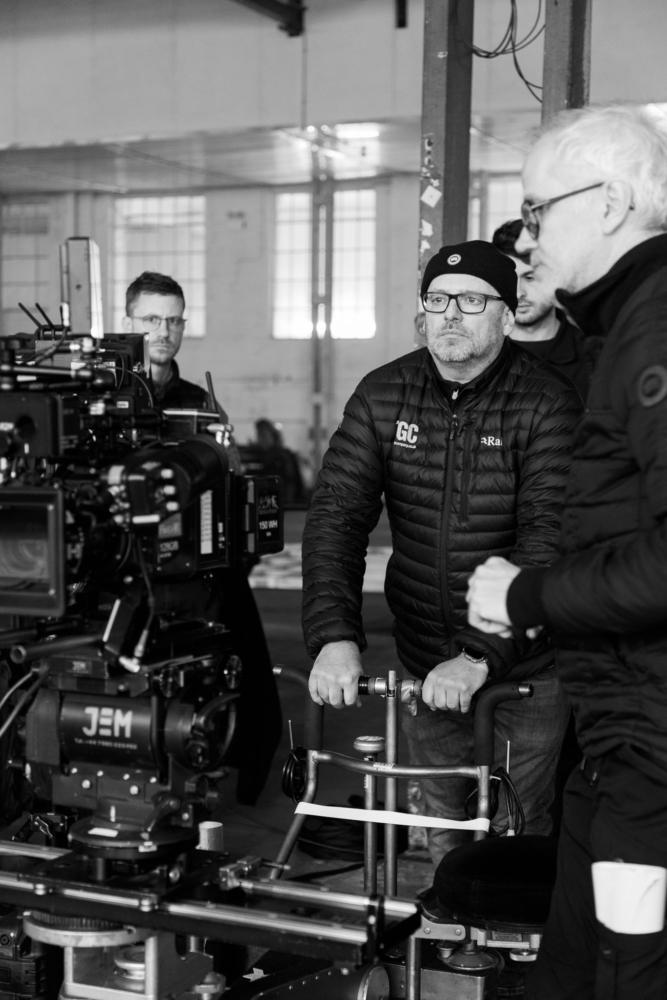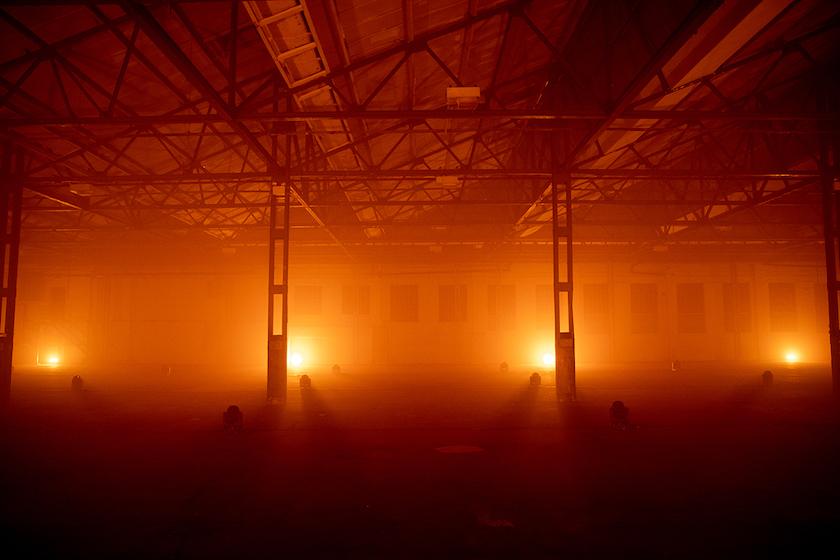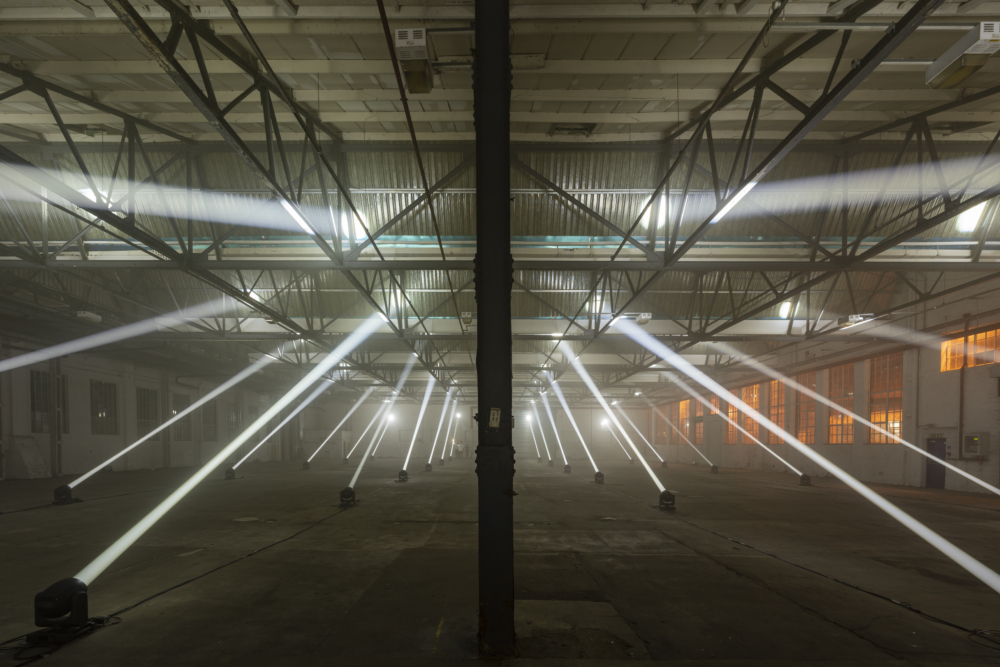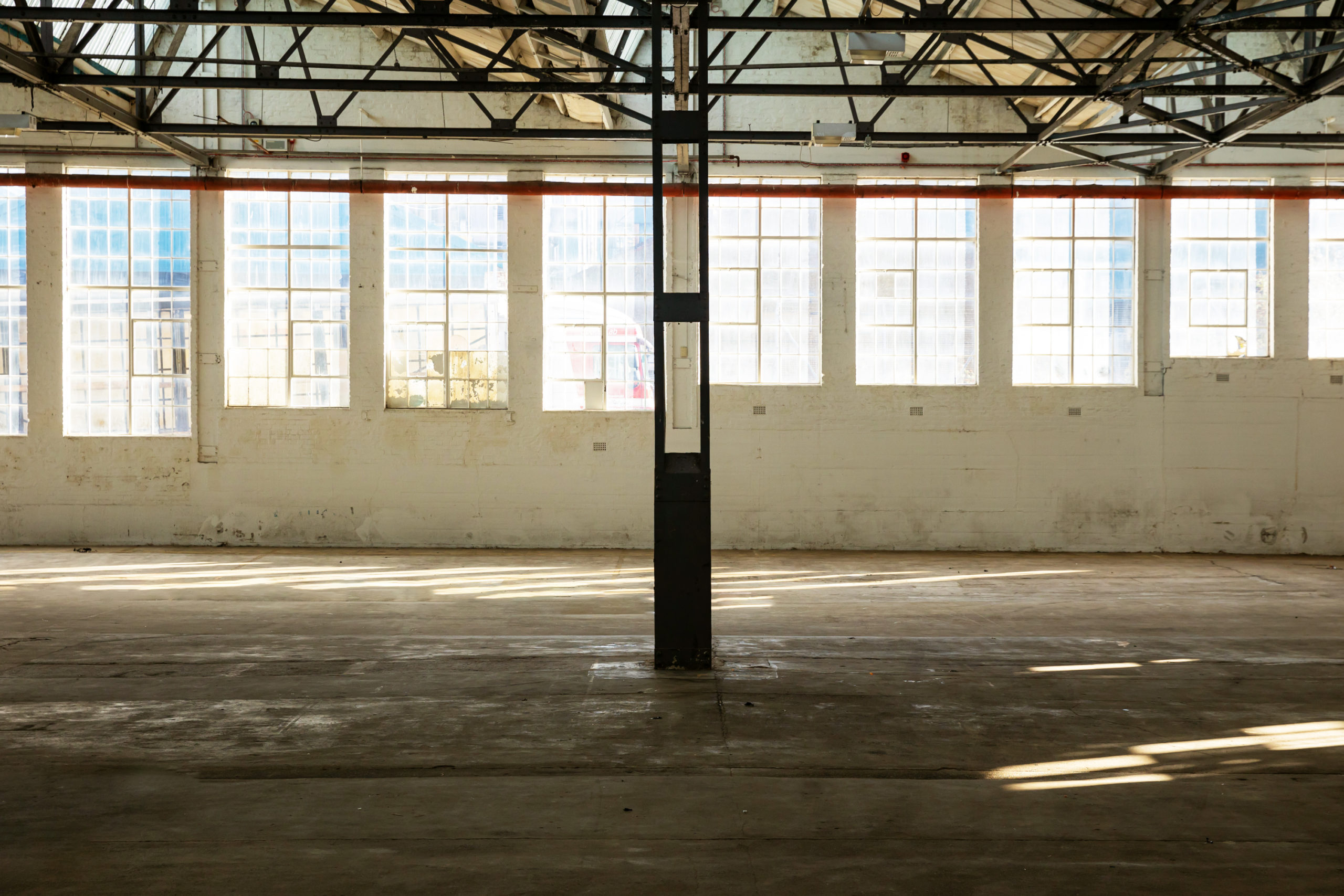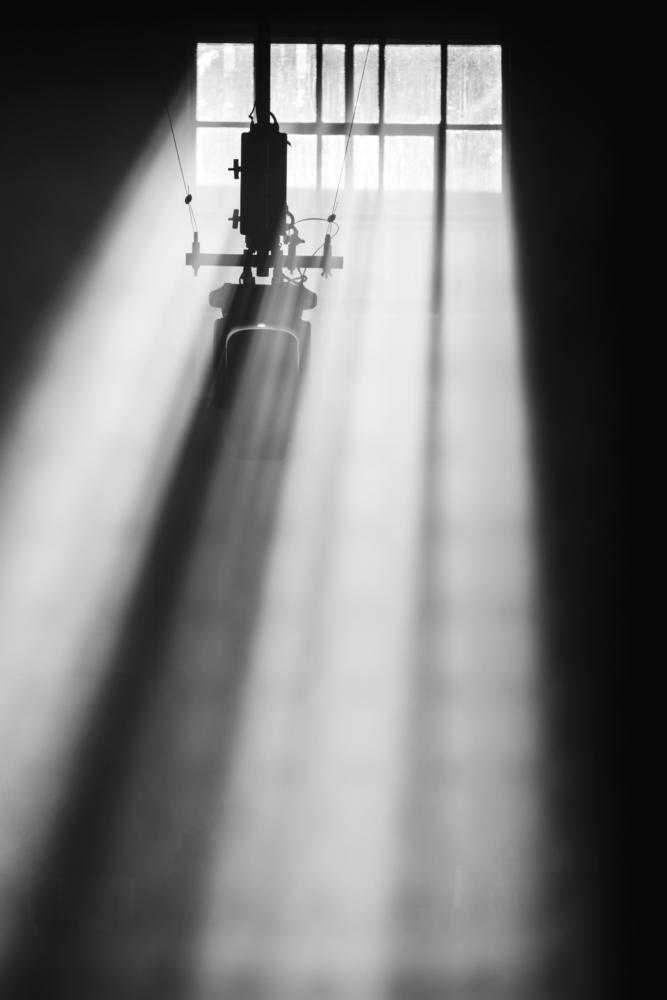Thin Air
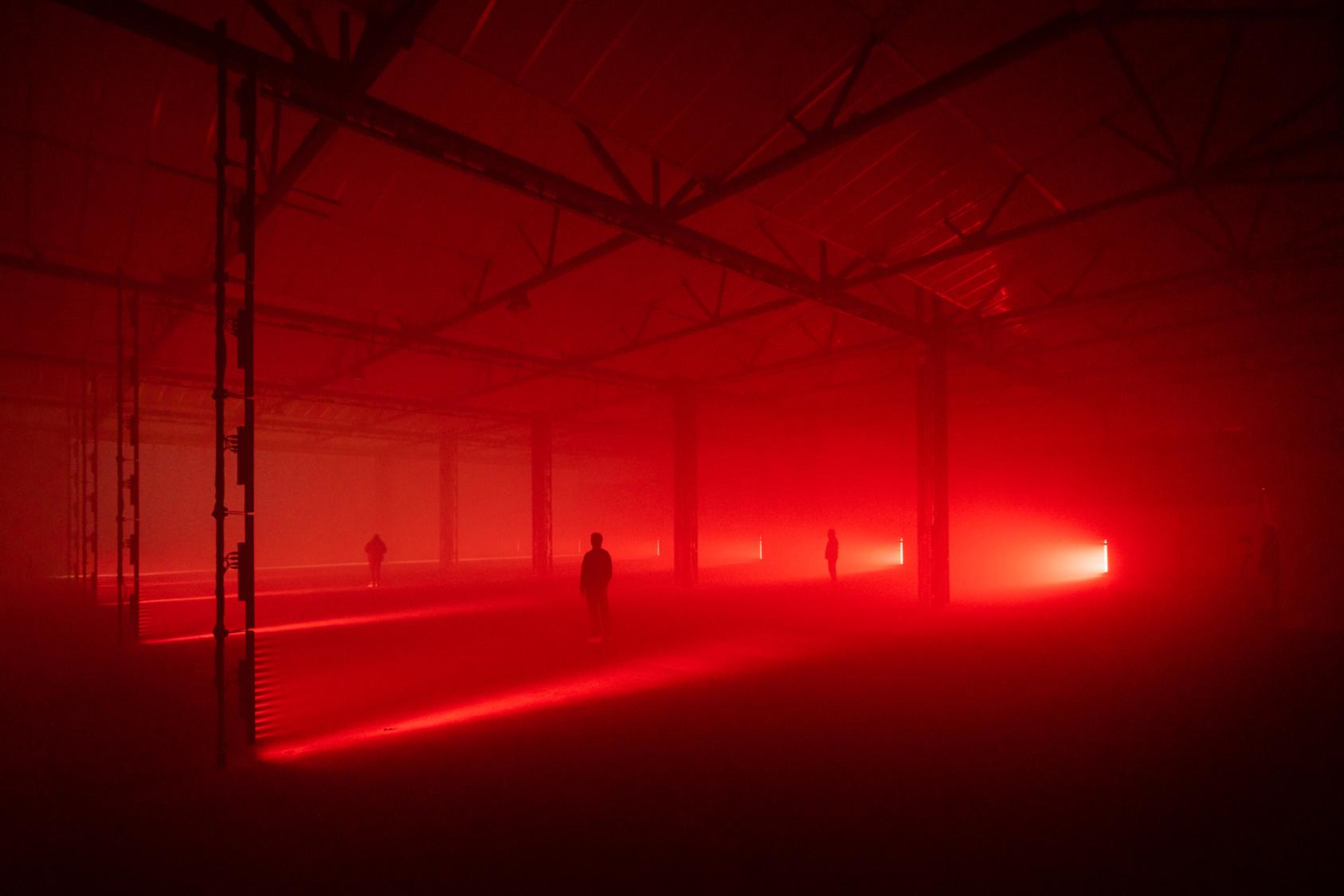
‘Hands down the coolest thing I have ever seen’
London Live
'A must-see'
It's Nice That
★★★★
Culture Whisperer
★★★★
Londonist
Thin Air is now closed.
Art at the boundaries of light sound and space.
Thin Air explored the hidden complexities that shape the world we live in. Using digital technology and large-scale installation, international artists transformed the spaces of the Beams until 4th June 2023.
Featuring work by contemporary artists including 404.zero, James Clar, Robert Henke, Kimchi and Chips with Rosa Menkman, Matthew Schreiber, S E T U P and UCLA Arts Conditional Studio.
Key information
17 March - 4 June 2023.
Open Thursday to Sunday.
Address
The Beams, Factory Rd, London E16 2HB
London City Airport (DLR) is a short distance away.
By Bus
330, 473 & 474 all stop near the venue
The experience
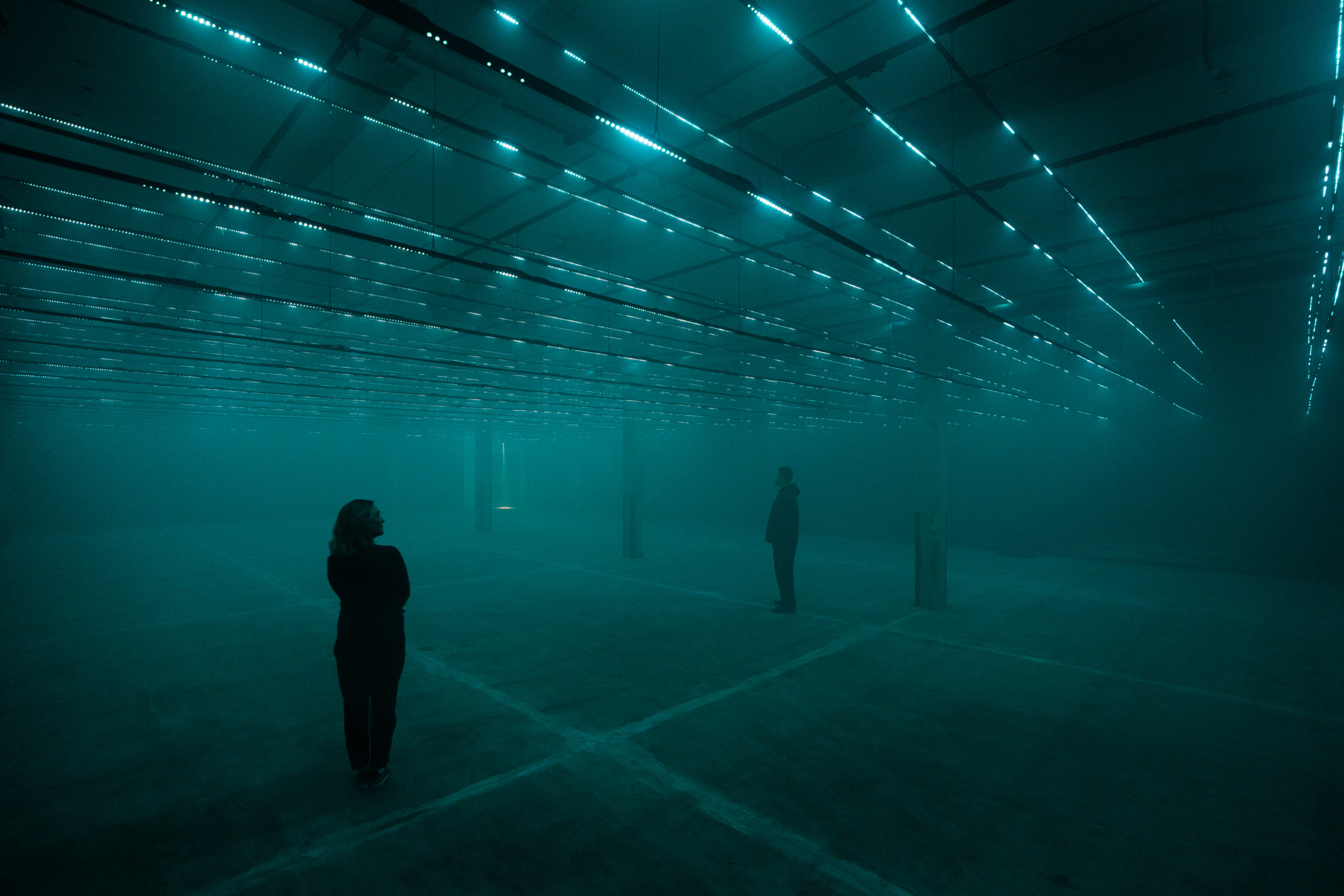
‘Colossal immersive light show’
Secret London
‘Rife with architectural design and optical effects, it’s a must-see. ‘
10 Magazine
‘A world to step into’
Metal Mag
Taking advantage of over 55,000 square feet of vast interconnecting environments, the exhibition brings together works by seven global contemporary artists and collectives and explores the boundaries between art and technology, working with light, atmospherics, sound and experimental new media.
The artists
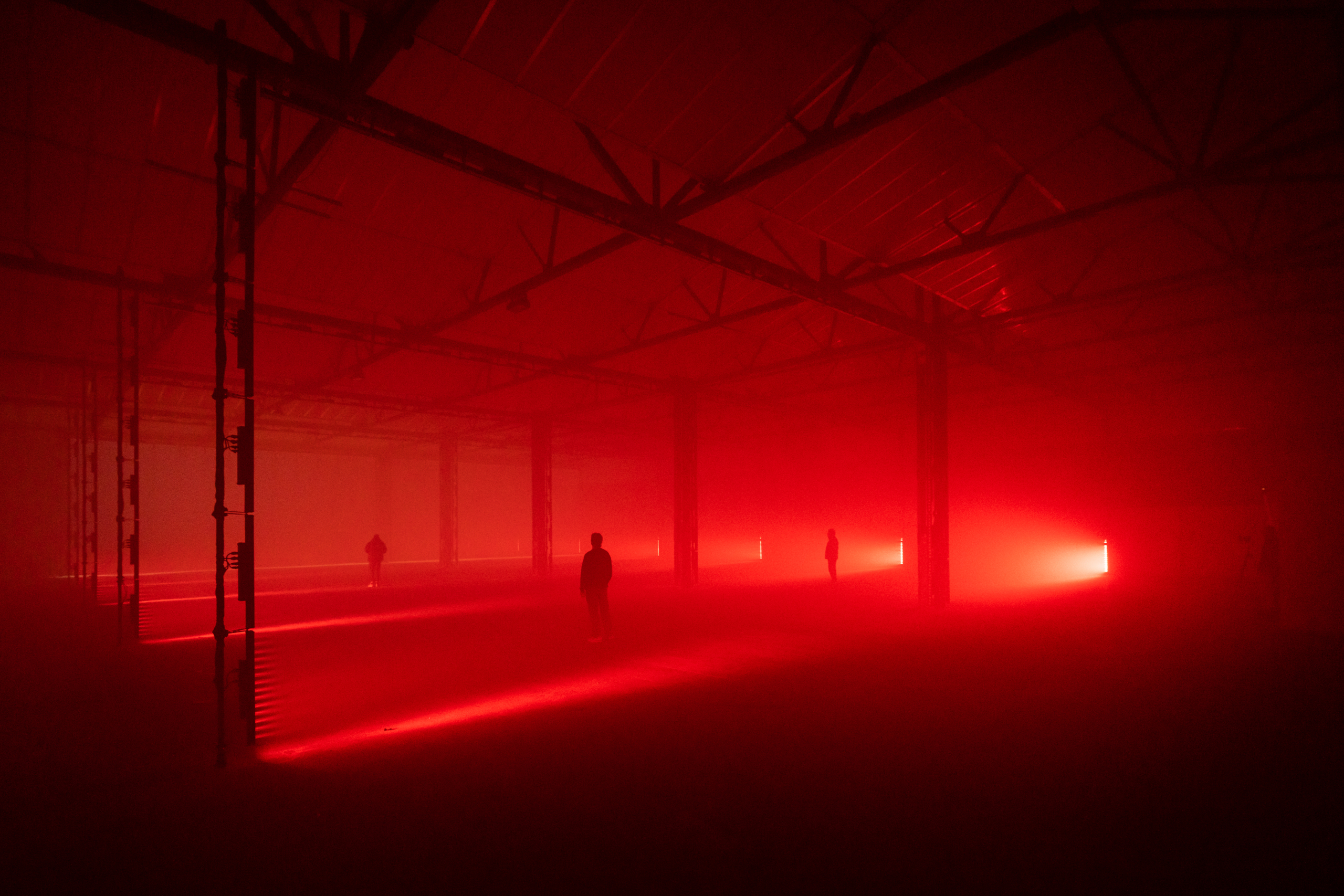
404.zero
The duo’s work has been shown at venues around the world, including Prague, Mexico City, Seoul, Lima, San Francisco and in New York’s Times Square. They have shown in festivals and exhibitions including MUTEK, Gamma Festival, Electric Castle, Japan Media Arts Festival and Los Angeles County Museum of Art (LACMA).
The duo’s work has been shown at venues around the world, including Prague, Mexico City, Seoul, Lima, San Francisco and in New York’s Times Square. They have shown in festivals and exhibitions including MUTEK, Gamma Festival, Electric Castle, Japan Media Arts Festival and Los Angeles County Museum of Art (LACMA).

James Clar
Clar’s work has been included in exhibitions at Glucksman Museum, Dublin, The New Museum of Contemporary Art, New York, Pera Museum, Istanbul, Sam Francis Museum and MACBA, Barcelona and SeMA, Seoul, and the Parasol Unit Foundation for Contemporary Art, London.
Clar’s work has been included in exhibitions at Glucksman Museum, Dublin, The New Museum of Contemporary Art, New York, Pera Museum, Istanbul, Sam Francis Museum and MACBA, Barcelona and SeMA, Seoul, and the Parasol Unit Foundation for Contemporary Art, London.
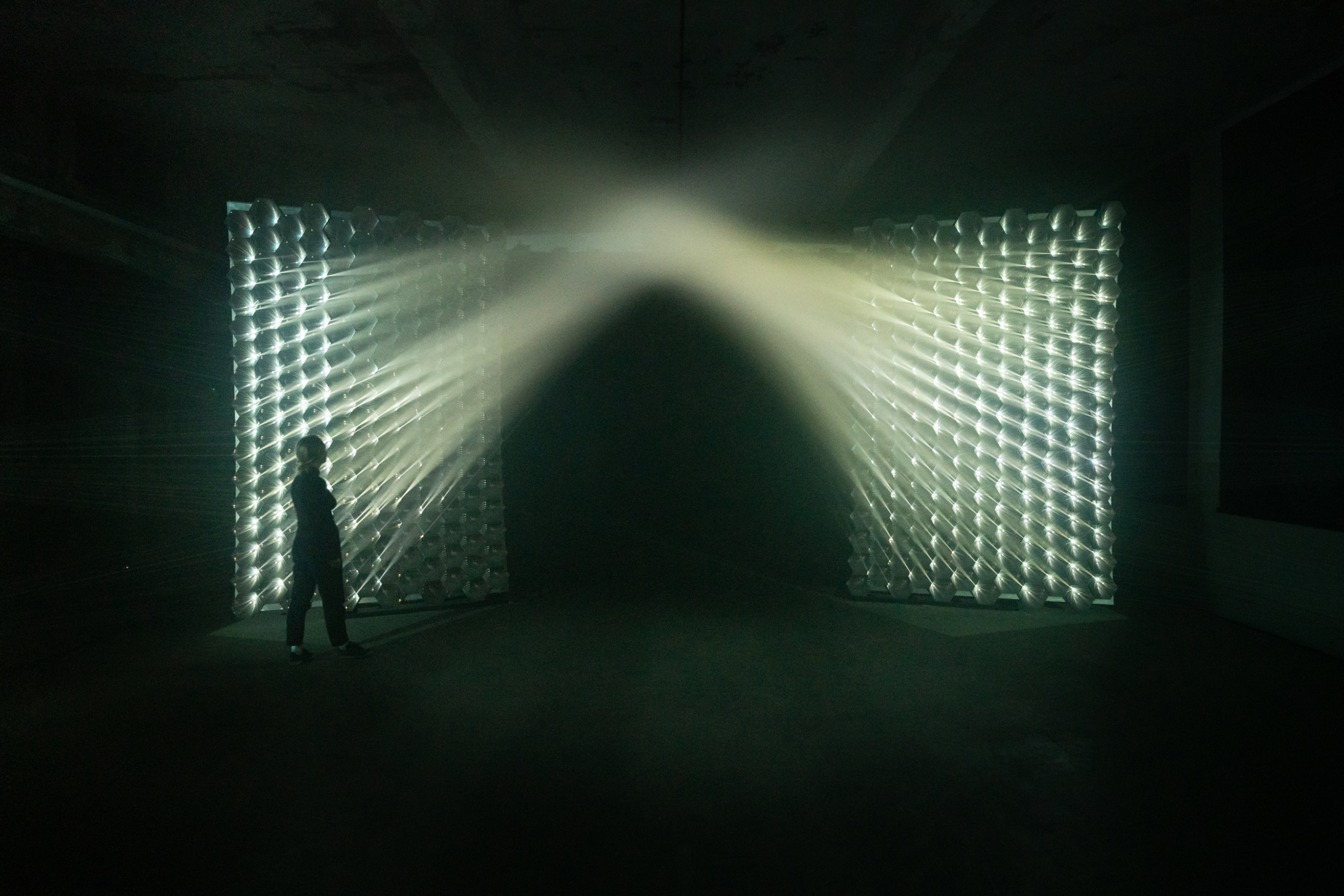
Kimchi and Chips with Rosa Menkman
Kimchi and Chips have presented their work at the National Museum of Contemporary Art (MMCA Korea), ZKM Center for Art and Media, Somerset House, Ars Electronica, ACC Gwangju, Zeche Zollverein, SxSW and Resonate Festival.
Rosa Menkman is a Dutch artist and researcher interested in the possibility of the glitch. Defined as a noise artefact that results from an accident in either digital or analogue media, glitches can provide insight into the otherwise obscure alchemy of media resolutions. Menkman is the author of Glitch Moment/um (2011), Beyond Resolution (2020) and recently edited the Im/Possible images reader (2023). In 2019 she was awarded the Collide Arts at CERN Award. Menkman's narrative is based on research she did at the NeMe Arts Centre, Cyprus during her European Media Art Platform residency.
Kimchi and Chips have presented their work at the National Museum of Contemporary Art (MMCA Korea), ZKM Center for Art and Media, Somerset House, Ars Electronica, ACC Gwangju, Zeche Zollverein, SxSW and Resonate Festival.
Rosa Menkman is a Dutch artist and researcher interested in the possibility of the glitch. Defined as a noise artefact that results from an accident in either digital or analogue media, glitches can provide insight into the otherwise obscure alchemy of media resolutions. Menkman is the author of Glitch Moment/um (2011), Beyond Resolution (2020) and recently edited the Im/Possible images reader (2023). In 2019 she was awarded the Collide Arts at CERN Award. Menkman's narrative is based on research she did at the NeMe Arts Centre, Cyprus during her European Media Art Platform residency.
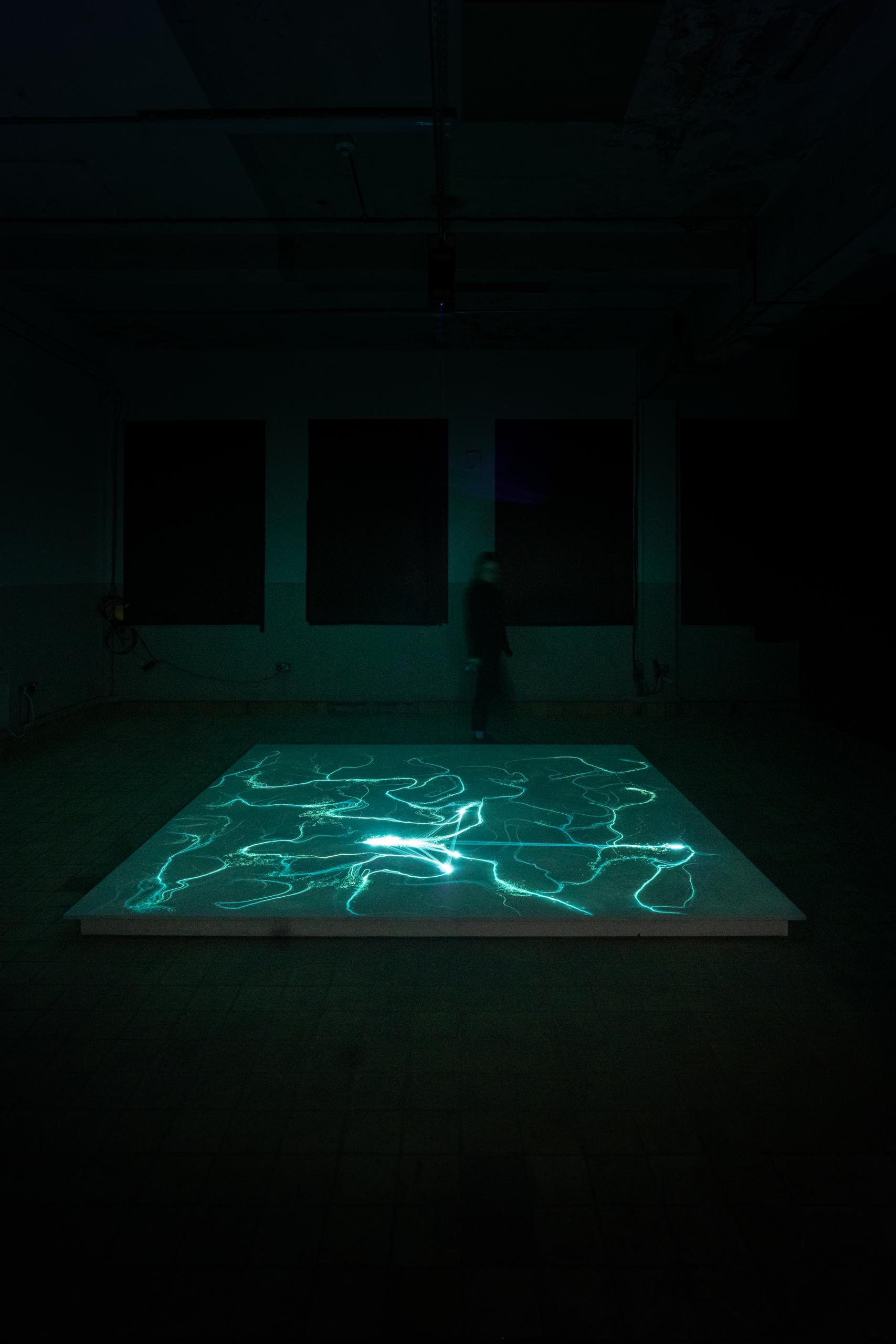
Robert Henke
Henke’s installations, performances and concerts have been presented at Tate Modern, London, Centre Pompidou, Paris, Palazzo delle Esposizioni, Rome, MoMA PS1, New York, MUDAM, Luxembourg, MAK. Vienna, Palazzo Grassi, Venice, the Art Gallery of New South Wales in Australia, KW Institute for Contemporary Art, Berlin, STRP Biennale in Eindhoven, and at festivals including Unsound, CTM, MUTEK, Sonar and New Forms Festival.
Henke’s installations, performances and concerts have been presented at Tate Modern, London, Centre Pompidou, Paris, Palazzo delle Esposizioni, Rome, MoMA PS1, New York, MUDAM, Luxembourg, MAK. Vienna, Palazzo Grassi, Venice, the Art Gallery of New South Wales in Australia, KW Institute for Contemporary Art, Berlin, STRP Biennale in Eindhoven, and at festivals including Unsound, CTM, MUTEK, Sonar and New Forms Festival.

S E T U P
S E T U P works at the intersection between contemporary art and lighting design. Their multimedia practice has seen them work with musicians including Skrillex and the Red Hot Chilli Peppers.
S E T U P works at the intersection between contemporary art and lighting design. Their multimedia practice has seen them work with musicians including Skrillex and the Red Hot Chilli Peppers.
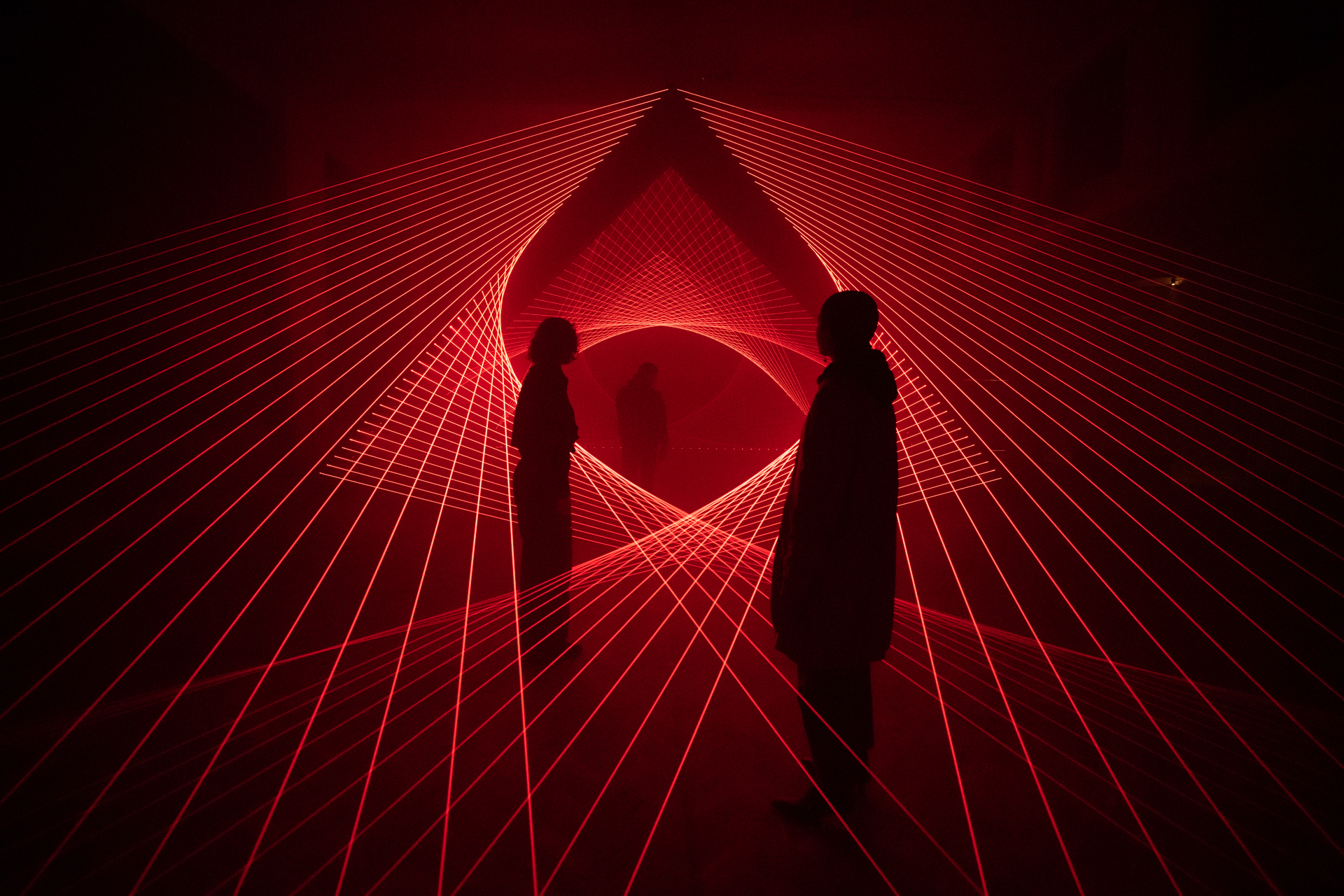
Matthew Schreiber
Schreiber has exhibited internationally, with solo exhibitions at Cornell University and the NSU Art Museum in Fort Lauderdale. His work has been included in group exhibitions at MIT Museum in Cambridge, MA, the Perez Art Museum in Miami, and Galerie Almine Rech in Paris.
Schreiber has exhibited internationally, with solo exhibitions at Cornell University and the NSU Art Museum in Fort Lauderdale. His work has been included in group exhibitions at MIT Museum in Cambridge, MA, the Perez Art Museum in Miami, and Galerie Almine Rech in Paris.
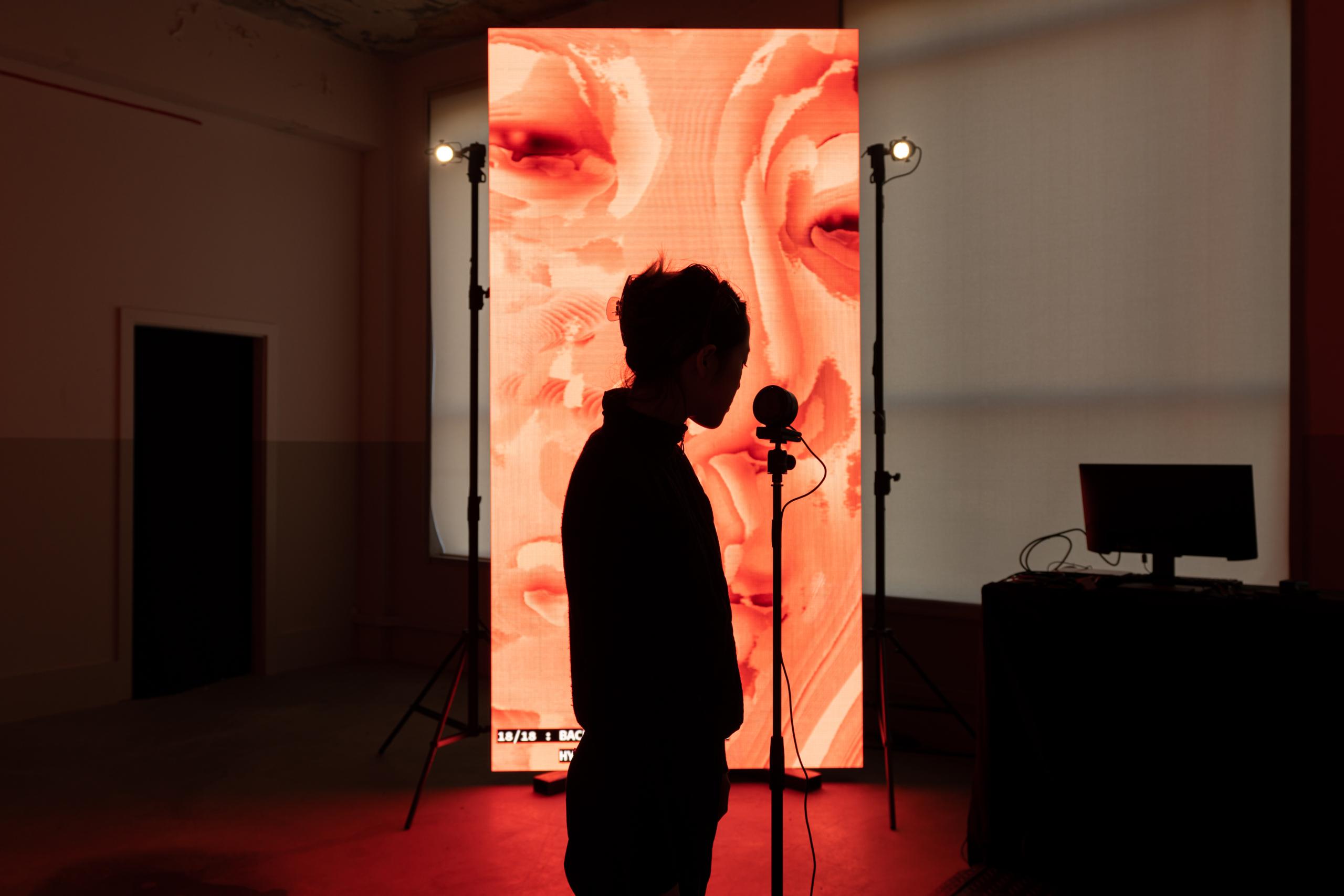
UCLA Arts Conditional Studio in collaboration with Goldsmiths, University of London
The UCLA School of the Arts and Architecture was founded in 1939 as a centre for interdisciplinary art in Los Angeles. Notable alumni include John Baldessari, Mary Kelly and Paul McCarthy.
The UCLA School of the Arts and Architecture was founded in 1939 as a centre for interdisciplinary art in Los Angeles. Notable alumni include John Baldessari, Mary Kelly and Paul McCarthy.
Ticketing information
We recommend booking a ticket in advance of your visit to avoid missing out on the day. Our tickets are timed so that our spaces are not too busy.
Please note that the venue closes 60 minutes after the last available time slot. Opening times can be found on our website.
Entry for children 3y/o and under is free, but you will still need a ticket.
Off-peak tickets are valid on weekdays before 5pm, excluding bank holidays.
Some of the installations feature extremely dark rooms, strobe lights & loud sounds (up to 98db), so we wouldn’t recommend the exhibition for children aged 6 and under.
Younger children are welcome at the discretion of parents and carers, but we recommend the use of ear defenders which will be available for those that require it onsite.
Ticket types
| Adult Early Bird (tickets booked at least 14 days in advance of visit) – £17 |
Adult peak – £25
Adult off-peak – £20
Concession (students with valid ID, over 65s, NHS staff) – £17
Child (4-16, only bookable with an adult ticket) – £10
Carers – free, only in conjunction with an adult or child ticket purchase
